Dernière nouveauté

La caméra intelligente FHV7 remporte l'iF DESIGN AWARD 2020
4 mars 2020 Omron a remporté l'iF DESIGN AWARD avec sa caméra intelligente FHV7 lors de la compétition de cette année.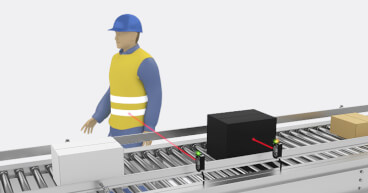
La série E3AS offre de nouvelles façons d'utiliser des capteurs photoélectriques réfléchissants
23 décembre 2019 Les nouveaux capteurs E3AS offrent une distance de détection de 1 500 mm, la plus longue de leur catégorie, avec un design compact et le tout premier revêtement antisalissure du secteur, pour une simplicité d'utilisation révolutionnaire.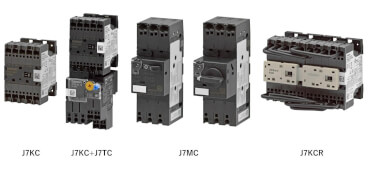
Nouveaux contacteurs basse tension, protecteurs de circuit et prises femelles avec technologie Push-In Plus
12 décembre 2019 Des solutions idéales pour les environnements soumis à de fortes vibrations, complétant ainsi la plus grande gamme de solutions d'armoires du secteur*.
La certification des fournisseurs écologiques met en évidence l'engagement en faveur du développement durable
2 décembre 2019 L'approvisionnement écologique vise à réduire l'impact négatif sur l'environnement, à tous les niveaux de la chaîne d'approvisionnement.
Engagés pour la satisfaction client
2 décembre 2019 Une enquête client révèle une amélioration des taux de satisfaction. Des projets de développement sont en cours
-

Bigger, stronger, better: new LD-250 mobile robot from Omron moves payloads up to 250kg
The new LD-250 mobile robot from Omron can handle a payload of 250kg and is the strongest and newest addition to our LD series of mobile robots. Together with the Fleet Manager, which for the first time in the industry enables the control of multiple mobile robots with different payloads through one system, it will help realize a more flexible and optimized autonomous material transport system.
02:37
Nouveau robot mobile LD-250 pour le déplacement de charges utiles pouvant atteindre 250 kg
15 novembre 2019 Capacité inédite dans l'industrie à contrôler différents types de robots mobiles via un système unique.
Variateur compact Q2V - Stimulation de la qualité
29 octobre 2019 Le Q2V offre un fonctionnement simple ainsi qu'un contrôle d'une efficacité optimale et convient à la plupart des moteurs CA, ce qui permet de réduire les opérations de maintenance tout en économisant de l'énergie.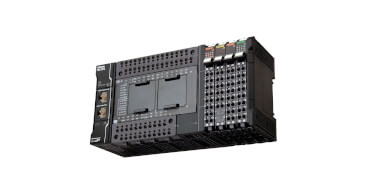
Renouvellement complet de la gamme de contrôleurs compacts
17 octobre 2019 Deux nouveaux modèles ont rejoint la famille NX1P des contrôleurs de machine Sysmac compacts pour offrir encore plus d'évolutivité et de flexibilité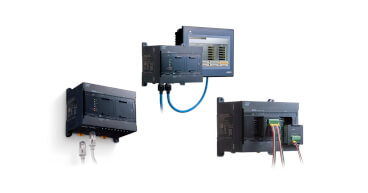
Nouveau contrôleur tout-en-un série CP2E
17 octobre 2019 Le micro-API programmable est conçu pour prendre en charge la collecte de données et la communication entre machines. La plage de températures étendue augmente la fiabilité pour les applications spéciales.
La série F3SG-SR redéfinit la notion de sécurité sur les sites de fabrication
18 septembre 2019 La série F3SG-SR propose une gamme complète de barrières immatérielles et permet une grande variété d'applications et de hauteurs de protection, couvrant ainsi tous les aspects du design jusqu'à la maintenance.
-

Component Focus: Omron Wireless Buttons
I'm Josh Bishop for cooling. It takes a wide voltage input from 100 to 240 volts AC and accepts either 50 or 60 Hertz. You can connect the incoming power here at the bottom with line, neutral and ground inputs. This particular power supply outputs the 24 volt DC power at the top with these terminal blocks and can provide up to 15 watts which is ample power for this wireless receiver or many other devices. There are other S8V caged power supplies that can output more power, but this works great in this case. The S8VK is providing power to this wireless receiver the A2W-RPC- WC1. This receiver is very straightforward to use with clearly marked ports and switches and common sense usage. This has eight outputs and accordingly can be synced with eight wireless buttons. You can see the power input up at the top and the outputs here at the bottom. There are lights for power, any potential errors and receipt of signals right here. There's also a slide switch for usage testing and setup. You'll note that this is 922.5 megahertz which gives it a greater range and better signal propagation than higher frequency signals. We end up with the communication assistance of about 100 meters without any obstructions. Finally we have the two push-button switches. They're obviously both wireless and they generate their own power so no battery is required. This also eliminates the need for maintenance. A light comes on when you click the button showing that it has been actuated and is working. They come with the space to allow you to easily mount them and swap them around as you need. The buttons are functionally the same, but you have the option of different types of plungers depending on what works best in your situation. They're both ULl certified, rated up to 1 million operations and are IP65 sealed. They're also shock and vibration resistant making them ideal for tough industrial application. All of this is connected and powered up. It is not set up and I'll walk you through the process just to show you how easy it is for you. You'll need to connect the S8VK to power. Again it can use power from practically anywhere in the world. Then hook the output of the power supply to the input of the wireless receiver and now everything will turn on and you'll be up to the point where I am currently. Programming the buttons and the receiver doesn't require anything external like a computer, you simply set the rotary switch to the channel you want to use, move the slide switch to ID and then click the button you want to use, 3 times relatively quickly. You'll see the receive light come on indicating that the receiver got the message and it has been paired. Switch to another channel do the same thing with the other button. That's it! It's recommended to make certain other systems in the area are not in use during this procedure, however, as it may cause problems. Let's move the slider switch to run and start clicking these buttons and watch those different indicators light up. Now deleting the buttons and reassigning them is just as easy; put the rotary switched to delete and click the button three times until the light comes on. The button is now unassigned and can be programmed to another output slot. With just a few components in a couple minutes of setup you can easily integrate Omron's wireless buttons into your systems. if you want to learn more or purchase these Omron components go to Features: - 8 pushbuttons can be assigned to one receiver unit - Each receiver has 8 transistor outputs (one-shot operation) - A pushbutton can be assigned to multiple outputs of a receiver - Wireless communication is confirmed with a colored LED indicator on the pushbuttons - 922.5MHz frequency band reduces interference, providing a better signal in locations with obstacles - A high-sensitivity magnetic-base antenna is an option when installing the receiver inside a control panel
04:08
Onlinecomponents.com présente les boutons sans fil d'Omron
2 septembre 2019 Onlinecomponents.com présente les boutons sans fil d'Omron. Le site explique comment nous avons rendu la communication sans fil extrêmement simple dans les environnements industriels.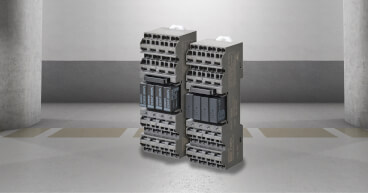
Innovation dans le secteur de la construction d'armoires : nouveaux modèles de relais statiques et de bornes équipés de la technologie Push-In Plus
13 août 2019 Réduisez votre charge de travail et économisez de l'espace dans le secteur de la construction d'armoires - NOUVEAU relais de borne G6D-F4PU et SSR (relais statique) de borne G3DZ-F4PU équipés de la technologie Push-in Plus.eNews expliqué
Abonnez-vous dès aujourd'hui à eNews d'Omron et vous recevrez la dernière copie de notre courrier d'informations, eNews.
En savoir plus